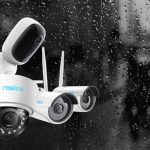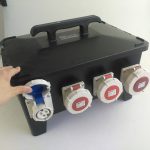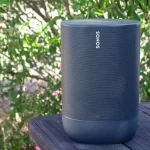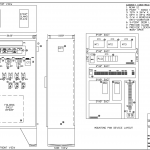The IP (Ingress Protection) enclosure system uses a 2-digit suffix to describe the degree of ingress protection for enclosures. IP56 protects against dust that may harm equipment vs IP66 which provides totally dust tight protection. Both IP56 and IP66 protect against direct water jets.
In this article, you will learn about the IP protection system, compare IP56 vs IP66 ratings, and learn about typical IP applications.
IP Protection System
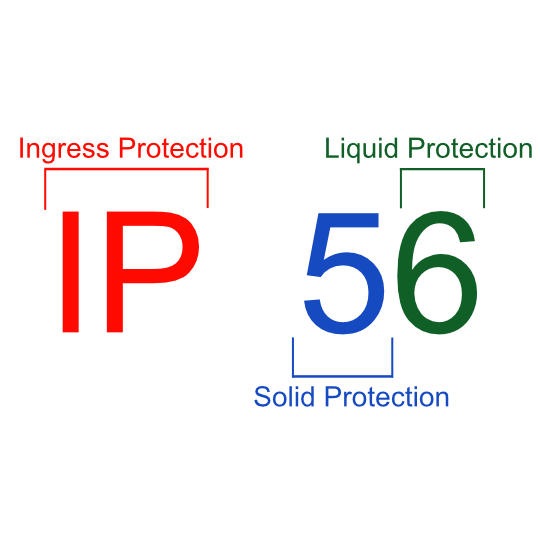
The IP rating is an international standard. It determines the degree of protection or sealing efficacy in enclosures against the infiltration of objects, water, dust, and contact. Also, it is compliant with European Standard EN 60529.
Products are noted by the initials IP (Ingress Protection), followed by two digits and an optional letter in the IP code. The two digits denote the level of intrusion protection versus solids and liquids. The optional letter notes the product’s resistance to pressure.
IP Ratings – Intrusion Protection
| Level | Intrusion Protection |
|---|---|
| X | No protection. |
| 1 | Protection from a large part of the body such as a hand (but no protection from deliberate access); from solid objects greater than 50mm in diameter. For example, accidental touch by hands. |
| 2 | Protection against fingers or other objects not greater than 80mm in length and 12mm in diameter. For example, fingers. |
| 3 | Protection from entry by tools, wires, etc, with a diameter of 2.5 mm or more. For example, tools, and wires. |
| 4 | Protection against solid objects larger than 1mm. For example, wires, nails, screws, larger insects, and other potentially invasive small objects such as tools/small, etc. |
| 5 | Partial protection against dust that may harm equipment. |
| 6 | Totally dust-tight. Full protection against dust and other particulates, including a vacuum seal, tested against continuous airflow. |
IP ratings – Moisture Protection
| Level | Moisture Protection |
|---|---|
| X | No protection. |
| 1 | Protection against vertically falling droplets, such as condensation. ensuring that no damage or interrupted functioning of components will be incurred when an item is upright. |
| 2 | Protection against water droplets deflected up to 15° from vertical |
| 3 | Protected against spray up to 60° from vertical. |
| 4 | Protected against water splashes from all directions. Tested for a minimum of 10 minutes with an oscillating spray (limited ingress permitted with no harmful effects). |
| 5 | Protection against low-pressure jets (6.3 mm) of directed water from any angle (limited ingress permitted with no harmful effects). |
| 6 | Protection against direct high-pressure jets. |
| 7 | Protection against full immersion for up to 30 minutes at depths between 15 cm and 1 meter (limited ingress permitted with no harmful effects). |
| 8 | Protection against extended immersion under higher pressure (i.e. greater depths). Precise parameters of this test will be set and advertised by the manufacturer and may include additional factors such as temperature fluctuations and flow rates, depending on equipment type. |
| 9 | Protection against high-pressure, high-temperature jet sprays, wash-downs, or steam-cleaning procedures. |
IP56 vs IP66 Difference
| Rating | Difference | Similarities |
|---|---|---|
| IP56 | Protected from limited dust ingress. | Protected from high-pressure water jets from any direction. |
| IP66 | Protected from total dust ingress. | Protected from high-pressure water jets from any direction. |
Common IP Applications
The universal IP rating system gives buyers confidence that they can use products in certain environments. For example, the term ‘waterproof’ doesn’t provide a clear definition of where and to what extent an item can resist moisture ingress. Therefore, an IP rating provides a far more specific account.
Protective IP cases may apply to lighting, controllers, electric instruments, power supply, industrial camera housings, desktop electronics, and measuring/control equipment, to name a few. Instrument applications such as volt-meters, digital thermometers, and flow readers are also common. Additionally, electrical motors often bear the IP designation.
IP-rated enclosures compete in the industrial market with the NEMA (National Electrical Manufacturers Association) designation.
Common IP56 Applications
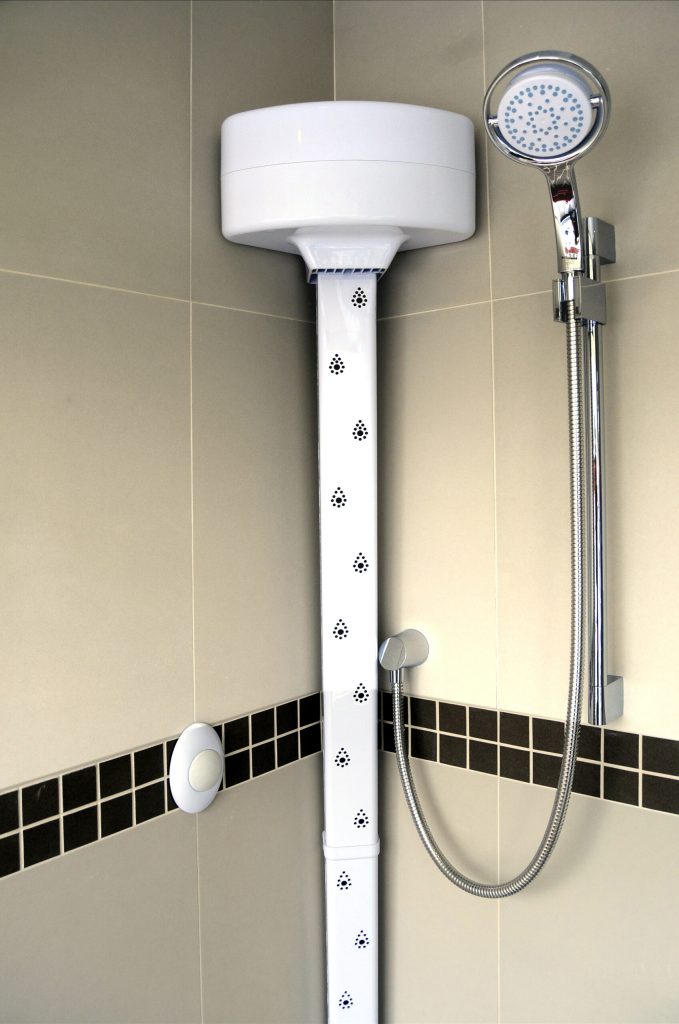
Body dryers, small heaters, and fans often use IP56. This allows some intrusion of dust yet provides a higher degree of water protection. Many junction boxes that house electrical connections also use this designation.
Common IP66 Applications
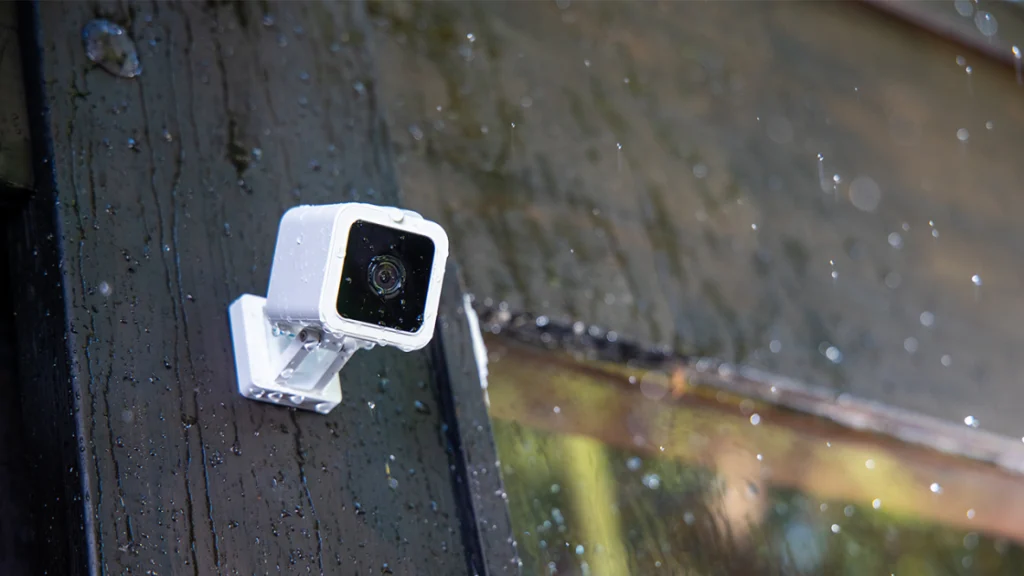
An enclosure with an IP66 rating is approved for broad outdoor use. An IP66-rated enclosure provides great performance in a variety of settings, such as units for outdoor security, control panels for agricultural and construction equipment, outside equipment for science, boxes for electrical junctions, breaker panels, and other electrical apparatus and A/V equipment built for outdoor application.
IP56 vs IP66 – Which to Choose?
When determining whether to specify IP56 vs IP66, the main question is how much dust can the subject item handle? The IP56 enclosure allows more air circulation which reduces cooling requirements vs IP66 which has lower free convection cooling.
Ultimately, the environment where the fixtures are located ultimately determine the answer to this query. Selecting a fixture with a greater IP rating makes sense if the enclosure encounters dust, sand, or windblown debris.
